This is Steve. Steve entered a marathon, aiming to run it in sub 3 hours but ended up with a time of 3:06:36.
But did Steve go out too hard?
After running the first half of his marathon in 1:29:04, Steve followed up with a second half of 1:37:22, a decrease in average pace from 4:12 min/km to 4:36 min/km. These two simple data points suggest that Steve went out too fast for his fitness level and sub 3hrs was never on the cards. Case closed. But, if we look more closely at the data, a more complicated picture emerges…
Steve’s average heart rate was 160 bpm at 92.5% of his lactate threshold (LTH) for the first half of the marathon. That’s well within zone 3 and below his previous 3-hour peak HR of 163 bpm = 93% LTH. Similarly, Steve’s average pace (4:12 min/km) represented 95% of his lactate threshold, a value at the upper end of marathon prescription, but not likely to be responsible for the 8% reduction in speed over the second half of the race.
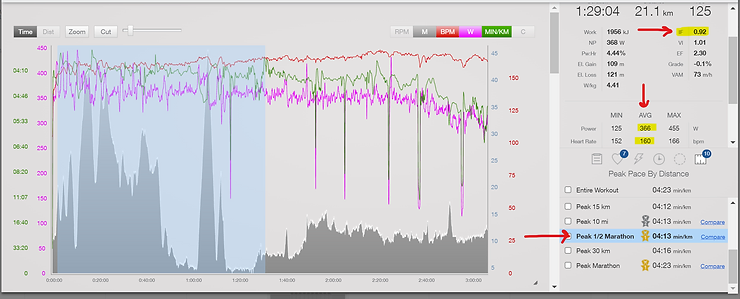
Luckily, Steve was running with a Stryd Running Power Meter, allowing a more thorough analysis of his performance. So, let’s have a look. Steve’s average power for the first half of the race (366 W) corresponded to 92% of his lactate threshold (intensity factor, IF, in TrainingPeaks). Well, that doesn’t add much to the story, as it supports the fact that Steve was running within zone 3, which is below his anaerobic threshold and aligns with the physiological capabilities of a 3 h marathon runner.
Why not throw some 5km efforts into your marathon!
To gain more information, we can look at Steve’s peak outputs for the race.
His peak pace for 1 km was 4:00 min/km or 98% of his lactate threshold and this occurred in the first 10 min of the race. While that’s slightly too fast, it’s not outrageous, and I can see it was on an -0.5% gradient and his power was still in zone 3, just.
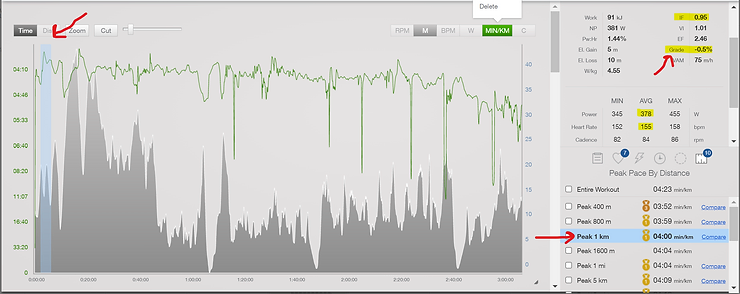
Steve’s peak 5 min HR from the first half was 165 bpm or 95% LTH, which he hit around 60 min into the race. However, this occurred when he was running up a hill and his heart dropped to 157bpm or 90% LTH on the descent. Again, this number is high, but far from significant 60 min into a marathon.
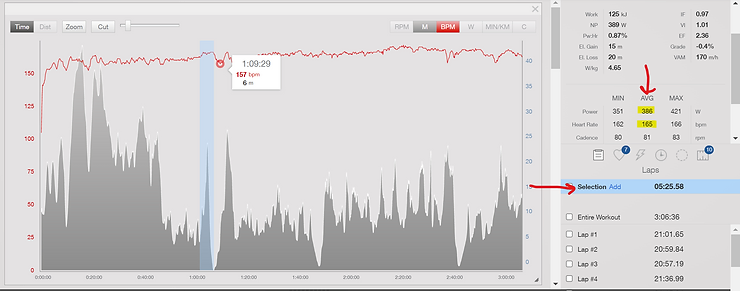
Here’s where running power is super useful. Steve spent the first 20 min of the race running at 380 W or 96% LTH, and within that time, he spent 2 min at power levels over 105% LTH (that’s 5km race effort!!), including 6 min at 98% LTH. These numbers paint a very different picture of how Steve ran the first half of his marathon.


So why is Steve’s heart rate data so misleading? Despite Steve hitting power outputs well above LTH in the first 20 min of the race, he was able to keep his heart rate within the target zone because he had good biomechanical conditioning and a large aerobic capacity. Steve was able to rapidly recover from the short hard efforts by buffering the anaerobic byproducts produced while sustaining a zone 3 effort. (read my five reasons not to train with heart rate)
Knowing that Steve was running near his LTH for the first 20 min of the race while punching out a handful of 20 sec efforts at 5 km pace, we get a better understanding as to why Steve slowed down over the second half of his race. That’s the type of information only running power can provide.
What should Steve learn from his marathon data?
When Dr Will says to stay under 370 W (95% LTH), you should stay under 370 W!
Actually, Steve mentioned that whenever he looked at his watch, he was running below his 370W limit. This is why having both real-time and average power for each 5 km or 20 min segment displayed on your watch is useful for pacing. While you may be running in your target zone most of the time, short hill efforts above LTH will quickly add up.
What can you do to run a faster marathon?
- Review your last marathon to see if any if your peak pace, HR, or power outputs were above 95% of your threshold.
- If you had peak outputs >95% of your threshold, were they in the first half? If yes, you went out too hard and you NEED to start slower.
- Listen to the Performance Advantage Podcast, follow my social media, sign-up for one of my online courses, join my Faster With Data training group, or hit me up for some coaching!
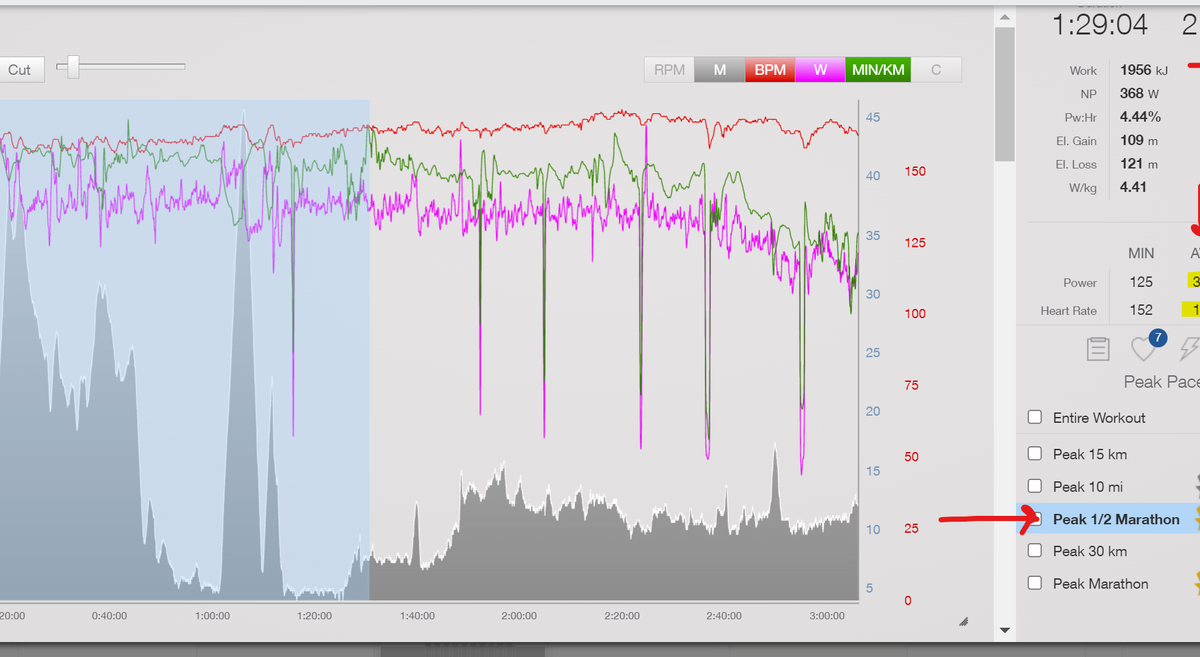
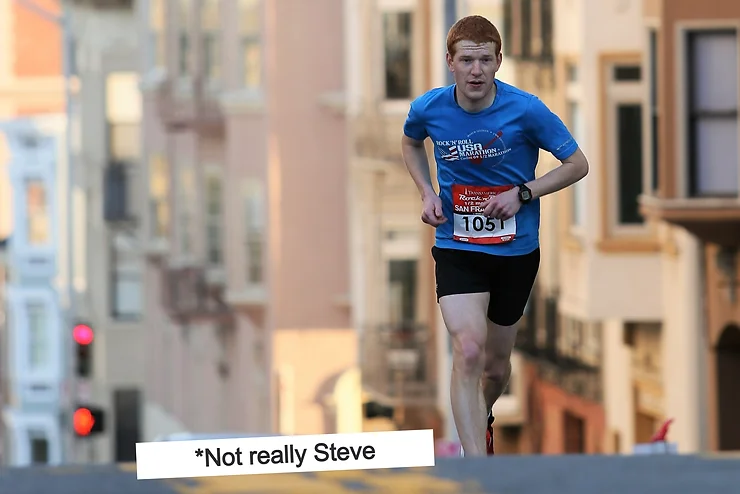
Leave a Reply